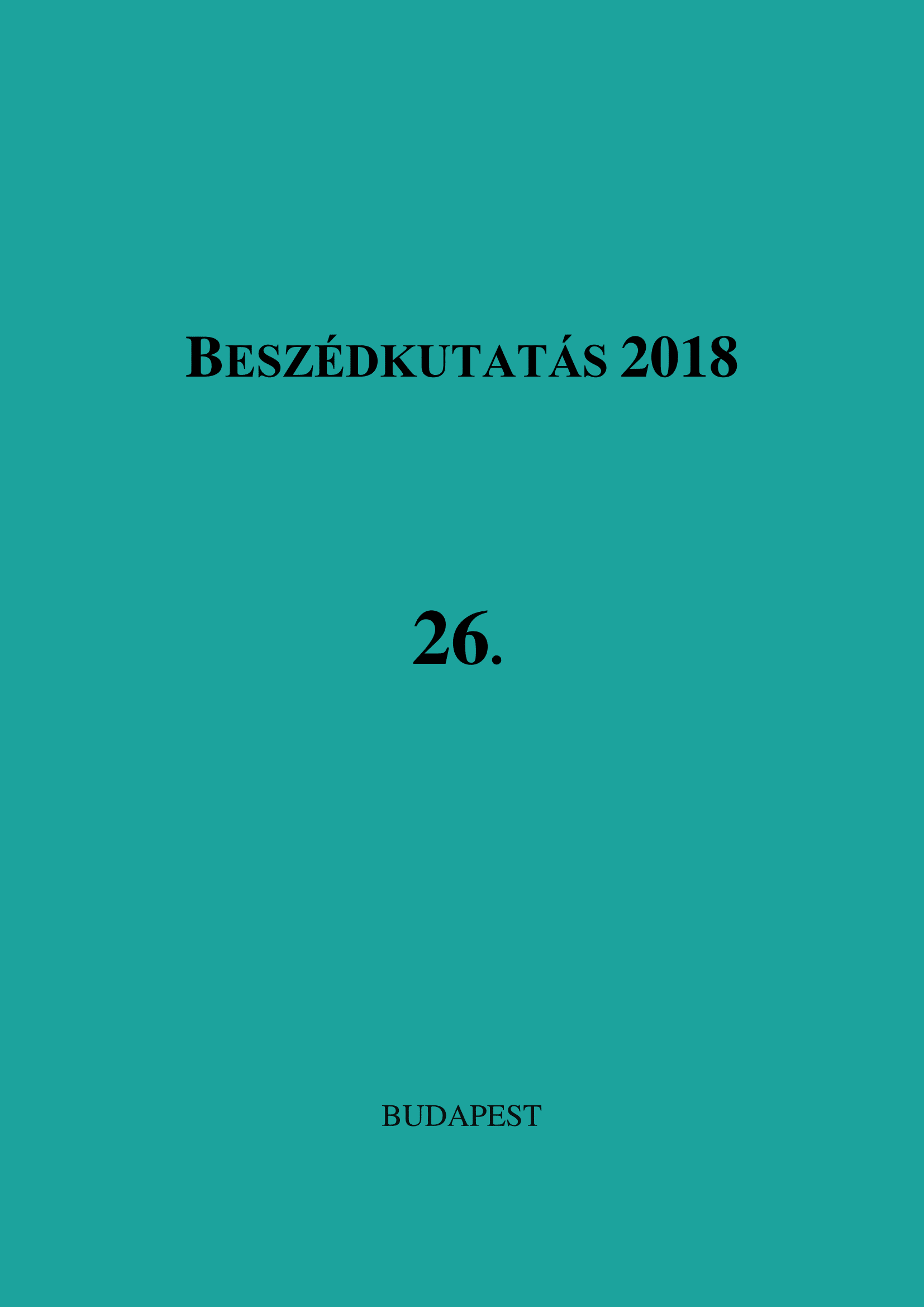A dichotikus szóészlelés életkorspecifikus jellemzői
Absztrakt
The successful word recognition depends upon acquiring lexical and phonological representations during language acquisition. The intake of information through the auditory system requires an online integration of differing and potentially competing information presented to the two ears. The goal of the present study was to collect baseline developmental data on the auditory-phonetic processing of words in a dichotic listening task with the participation of 320 Hungarian-speaking children between the ages of 3 and 10. Dichotic listening techniques have been used as a sensitive non-invasive procedure to assess language lateralization. Data were scored for each participant as the percentage (and number) of correctly recalled words for the right and left ear input. In additon, three more calculations were carried to show REA, LEA and NEA with each age group. Results showed a significant increase of the correctly repeated words across ages. The difference between correct scores both in the left and right ears was also significant. As expected, more correctly recalled words were found heard in the children’s right ear than in their left ear as the effect of the right ear advantage. The dichotic listening method seems to be a good way to detect the auditory-phonetic abilities of typically developing children including their interactions with memory and attention across ages.
A Beszédkutatásba leadott tanulmányokat máshol változatlan formában megjelentetni nem lehet. Más személy a szerkesztőbizottság engedélyével és megfelelő hivatkozással használhat fel ábrákat a publikált tanulmányokból.





